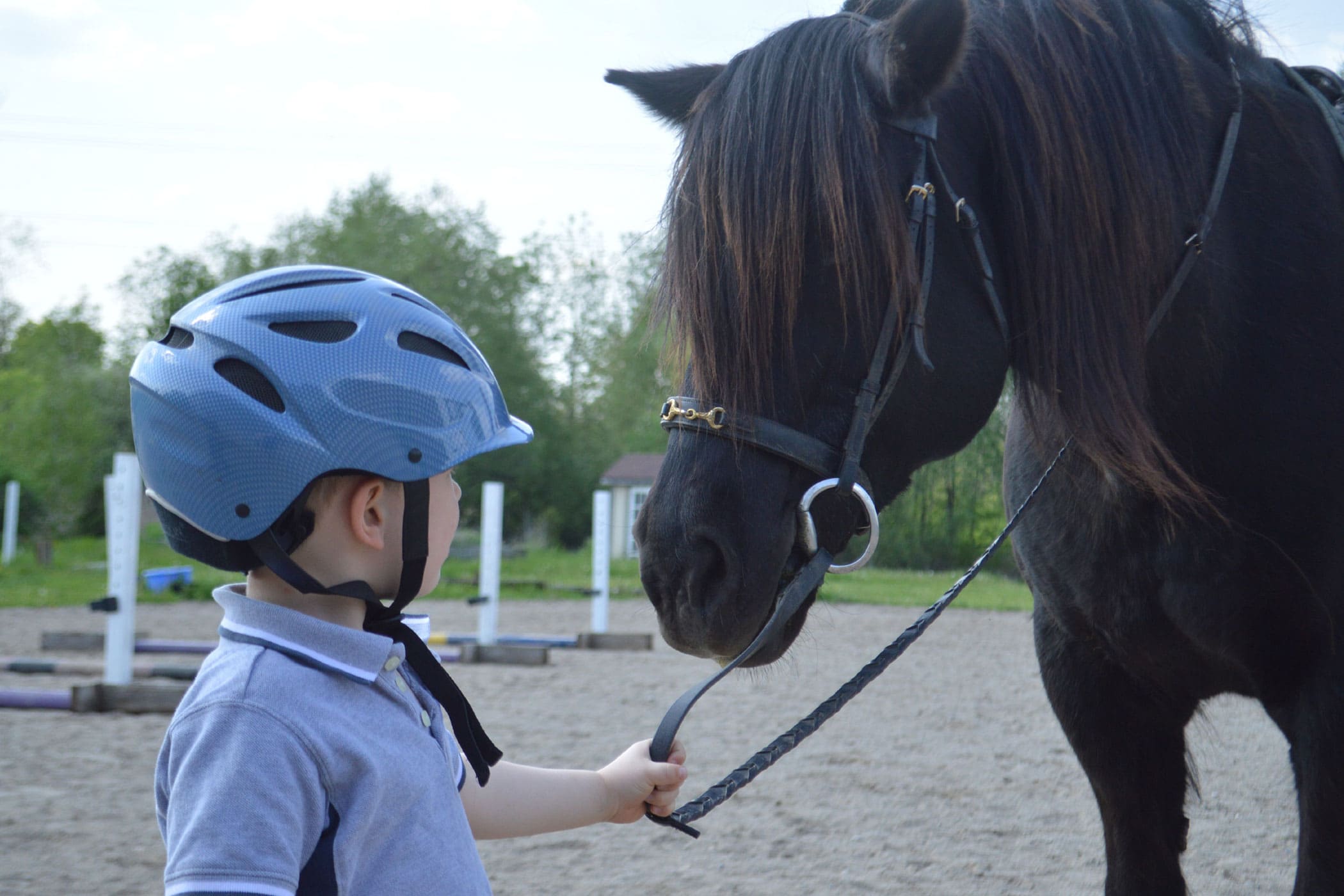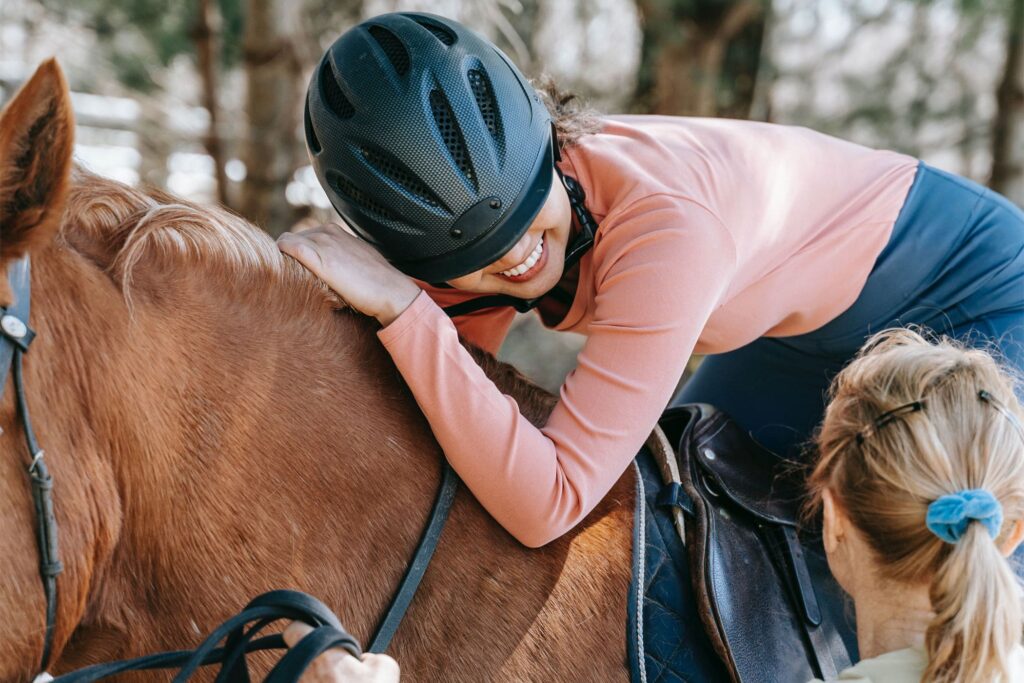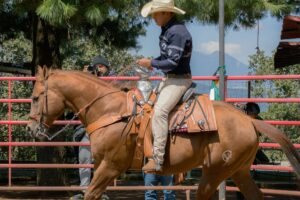
When it comes to horseback riding, safety should always be the top priority. One essential piece of safety equipment that every equestrian should invest in is a riding helmet. A riding helmet not only protects your head in case of a fall or accident but also ensures a comfortable and enjoyable riding experience. In this article, we will explore the importance of wearing a riding helmet and provide valuable insights to help you choose the perfect one that suits your needs and preferences.
Why Wear a Riding Helmet?
Horseback riding involves inherent risks, and accidents can happen even to the most experienced riders. A riding helmet is designed to absorb and distribute the impact of a fall or blow to the head, significantly reducing the risk of serious head injuries. It protects the skull and brain, safeguarding you from potentially life-threatening consequences.
Safety Standards and Certifications:
When purchasing a riding helmet, it is crucial to ensure that it meets the necessary safety standards and certifications. Look for helmets that comply with recognized safety standards, such as ASTM (American Society for Testing and Materials) or SEI (Safety Equipment Institute). These certifications guarantee that the helmet has undergone rigorous testing to ensure its effectiveness in protecting against head injuries.

Types of Riding Helmets:
There are various types of riding helmets available in the market, each designed for different riding disciplines and personal preferences. Let’s explore some of the common types:
a. Schooling Helmets: These helmets are suitable for everyday riding and lessons. They provide basic protection and are often more affordable, making them an excellent choice for beginners or those on a budget.
b. Show Helmets: If you participate in equestrian competitions, a show helmet is a must. These helmets are designed to meet specific discipline regulations and often feature a more stylish and sophisticated appearance.
c. Cross-Country Helmets: For riders engaged in eventing or cross-country riding, specialized helmets with additional protective features, such as a brim and increased ventilation, are available. These helmets provide enhanced safety while ensuring maximum comfort during long rides.
d. Western Hats: While not technically helmets, western-style hats can offer some level of protection. However, they do not provide the same level of impact absorption as riding helmets and should not be relied upon as a substitute.

Proper Fit and Sizing:
To ensure optimal protection, a riding helmet must fit correctly. Ill-fitting helmets can be uncomfortable, less effective in preventing injuries, and may even come off during an accident. Consider the following factors when determining the right fit:
a. Circumference: Measure the circumference of your head just above the eyebrows to determine your helmet size. Different brands may have slightly different sizing charts, so consult the manufacturer’s guidelines for accurate measurements.
b. Stability: The helmet should fit securely without excessive movement. It should sit level on your head and not tilt forward, backward, or to the sides.
c. Straps and Adjustments: Most riding helmets feature adjustable chin straps and harness systems. Ensure that the straps are snug but not too tight, allowing for a comfortable and secure fit.
d. Try Before You Buy: It is essential to try on helmets before purchasing them. Visit a local equestrian store or borrow a friend’s helmet to ensure that you select the right size and style for your needs.
Additional Features and Considerations:
Aside from safety and fit, there are other features and considerations to keep in mind when choosing a riding helmet:
a. Ventilation: Adequate airflow is crucial, especially during hot weather or strenuous rides. Look for helmets with ventilation systems or strategically placed vents to promote airflow and keep your head cool.
b. Weight: While helmets should offer substantial protection, they should not be excessively heavy, causing discomfort or strain. Lightweight helmets are more comfortable for extended periods of wear.
c. Visors and Brims: Some helmets come with visors or brims that provide additional shade and shield your face from the sun. This can be particularly beneficial when riding in sunny or bright conditions.
d. Style and Personal Preferences: Riding helmets come in various designs, colors, and finishes. Choose a style that reflects your personal taste while adhering to safety standards.

Conclusion:
Investing in a riding helmet is a crucial step towards ensuring your safety while enjoying the equestrian sport. Remember, accidents can happen to anyone, regardless of their skill level. By choosing a helmet that meets safety standards, fits properly, and suits your riding style, you are taking an important step in protecting yourself from head injuries. So, make it a habit to always wear a riding helmet, and ride with confidence, knowing that you have taken the necessary precautions to safeguard your well-being.






